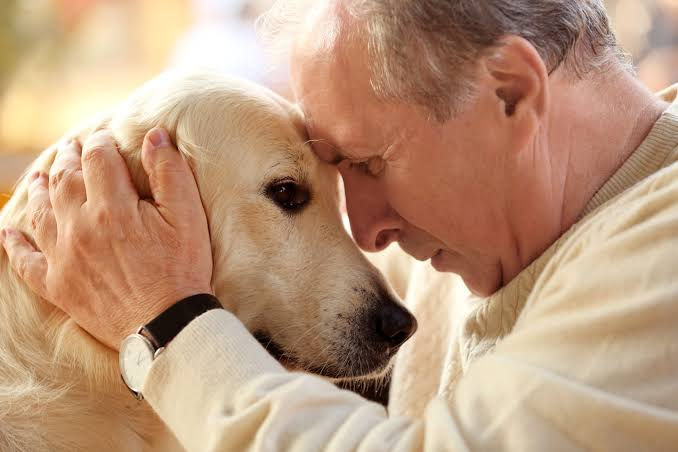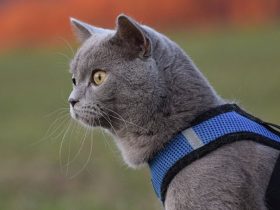As pet owners, our fuzzy buddies hold an extraordinary spot in our souls, becoming esteemed individuals from our families. However, as much as we love and care for them, we likewise need to confront the tragic reality that our pets have more limited life expectancies than us.
We might have to make the difficult choice of euthanizing our pets at some point, which no pet owner wants to do. For veterinarians, directing families through this emotional journey is a significant obligation that requires a delicate balance between medical expertise and unwavering empathy.
Understanding Pet Euthanasia
Pet euthanasia is an empathetic and humane choice that permits a darling pet to die calmly and without torment. It is many times suggested when a pet’s quality of life has essentially declined due to age, sickness, or injury, and clinical therapy is presently not compelling or causes unjustifiable torment.
Pet owners often feel guilt, sadness, and uncertainty as a result of the difficult decision. For veterinarians, offering help, information, and understanding during this cycle is a critical part of their job.
The Importance of Empathy
Empathy is a major part of veterinary consideration, particularly with regard to pet euthanasia. Veterinarians can develop a genuine and compassionate relationship with pet owners when they are able to comprehend and communicate the feelings they are going through during this trying time.
Empathy empowers veterinarians to address the pet owner’s concerns, fears, and questions while directing them through the cycle with responsiveness.
By exhibiting sympathy, veterinarians not just assist with facilitating the weight of pursuing such a difficult choice but also guarantee that the pet’s last minutes are loaded up with affection, solace, and nobility.
Creating an Open Dialogue
Veterinarians assume a basic part in starting a transparent dialogue with pet owners about the pet’s condition, prognosis, and available options. Straightforwardness is vital, as the need might arise to be all-around informed to settle on the most ideal choice for their dearest buddy.
Veterinarians help pet owners make an informed decision about euthanasia just like pet cremation by compassionately sharing their medical knowledge and expertise. This open exchange makes a place of refuge for pet owners to communicate their sentiments and concerns, causing them to feel appreciated and upheld in the process.

Providing Comfort and Support
Euthanasia of a pet is a difficult and upsetting experience that necessitates the assistance of a veterinarian, not only for the pet but also for the family. Offering a soothing and steady climate is vital. Numerous veterinary practices give separate rooms where families can say their last farewells secretly.
A few veterinarians likewise offer sedation before the willful extermination system to guarantee that the pet is cool as a cucumber, limiting any expected uneasiness. Veterinarians may likewise give assets for coping with grief and support services to assist families with exploring the lamenting system.
Respecting the Pet’s Dignity
As advocates for animal welfare, veterinarians guarantee that the euthanasia system is led with the highest regard and empathy. They focus on the pet’s solace and prosperity, guaranteeing delicate and easy progress.
Numerous veterinarians use strategies that permit the pet to calmly nod off prior to controlling the willful extermination arrangement. This approach guarantees that the pet passes away smoothly and with respect.
Veterinarians likewise offer pet owners the chance to spend as much time as they need with their pets before and after the procedure, taking into consideration a significant and sincere goodbye.
Conclusion
In the domain of pet euthanasia, compassion is the foundation of a veterinarian’s job. By giving unwavering empathy, open dialogue, and comfort, veterinarians guide families through this difficult choice, guaranteeing that their pets’ last minutes are loaded up with adoration and respect.
The connection between veterinarians, pets, and their owners remains a testament to the significant and heartfelt connection that characterizes the human-animal relationship.






